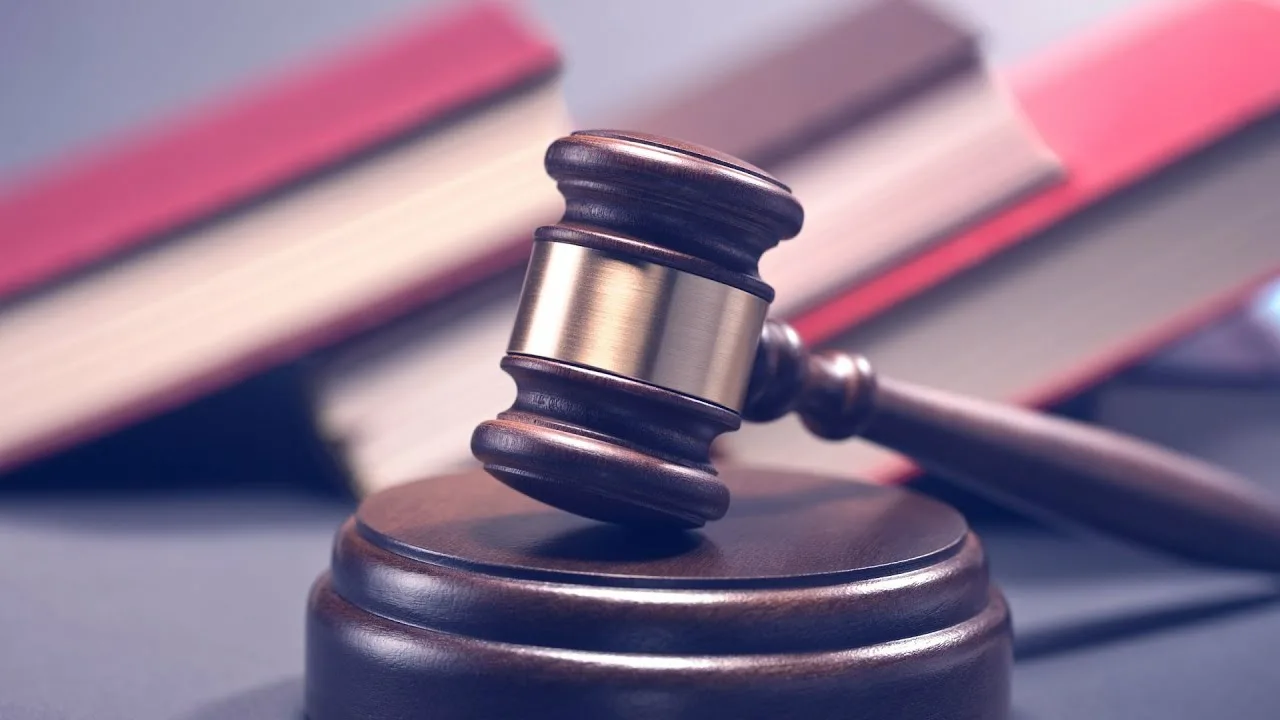
Let’s start with the impressive numbers. According to Rosstat, by the end of 2022, the amount of overdue accounts receivable reached 4.7 trillion rubles. The average amount of debt owed to the creditor company was 285 million rubles. At the same time, there are almost three creditor companies per debtor company. Such dynamics cannot be ignored. It is important to properly manage accounts receivable and start working with debtors as early as possible. According to experience, a delayed response to late payments reduces the amount of funds received by at least three times. To collect accounts receivable, it is better to act according to the plan.
Determining the amount of accounts receivable First of all, it is necessary to carry out an inventory of all debts of the company, to identify overdue payments. First of all, we are interested in companies that have stopped paying at all. It is important to identify all debtors and the exact amount owed. This information is needed to analyze debtors, their activities, and their current financial condition. It is better to collect information broken down by the volume of overdue accounts receivable. It is also not superfluous at this stage to include late paying counterparties in the «special attention zone».
Analyzing the situation and choosing a recovery strategy At this stage, you need to carefully examine each counterparty with overdue payments. The main thing is to understand the reasons for non-payments and what this can lead to. If the debtor’s financial condition deteriorates rapidly, there is a risk that the company will go bankrupt. In this case, it will become much more difficult to return the funds. Participating in bankruptcy proceedings as a creditor requires significant resources and experience in dealing with bankruptcy cases.
The choice of a debt management strategy depends on the financial condition of the debtor and his desire to make contact. The case may be limited to reminders, negotiations on deferred payments, or other debt restructuring options. At the pre-trial stage of debt settlement, the debtor can return the money and remain a good business partner. Otherwise, you will have to go to court.
The pre-trial stage of debt collection should not be neglected. This stage of work with accounts receivable. Since going to court will require much higher costs. At the pre-trial stage, official letters are sent to the debtor demanding payment of the debt and indicating the legal consequences of late payments, and negotiations are held with the debtor. Already at this stage, the company may not have the resources and experience, especially if it has many small debtor companies. Paying back relatively small debts can take a disproportionate amount of time and effort. In this case, you can contact specialized companies that collect accounts receivable.
Judicial debt collection If the pre-trial stage of work with the debtor has not brought the desired result, it is necessary to prepare documents and apply to the court at the debtor’s location. You will need a contract, invoices, certificates of completed work and other documents confirming the existence of debt. When the court makes a decision on debt collection, it can be used to enforce debt collection. Debt collection through the courts and then enforcement proceedings are the most difficult and costly stages in recovering one’s legitimate funds.
Sale of accounts receivable As an alternative solution to the problem of accounts receivable, you can sell the debt on an electronic trading platform. This is legal and convenient, since in this case the buyer company will independently collect the debt portfolio under the contract of assignment of debt claims (assignment). When placing a lot, it is enough to specify its main characteristics and wait for a favorable price. The specialists of ETP «Debt Market» will help you with questions about the trading procedure.